Currently Empty: £0.00
Ashekenazi Herbalism by Deatra Cohen and Adam Siegel
Many herbal programs encourage students to explore their ancestral herbal heritage.
Books have been written on several Indigenous, Asian, African, and European plant medicine
traditions. However, no definitive work has been published on the herbal traditions of the Jewish
people living in the Pale – until now.
Eastern European Jewish traditions have endured centuries of discrimination and
censure. The characterisation and suspicion that many people have directed toward their Jewish
neighbours has created a devastating impact on the continuity of traditional healing practices.
The fact that many plant healing traditions were practiced primarily by women also contributes
to the lack of readily available records. Combine these ongoing issues with the genocide and
violent cultural erasure that occurred during the Shoah (the Holocaust), and it is a wonder that
we have any records of these healing arts at all.
Because of these barriers, Ashkenazi Herbalism was a challenge to compile. Deatra
Cohen and Adam Siegel traced passing mentions of traditional practices through many obscure
texts in order to bring the Ashkenazi healing traditions back to life. Couple this obscurity with the
puzzle of location name changes and the need to translate from multiple languages, and the
effort it took to create this work becomes apparent. The persistence and cleverness that Cohen
and Siegel used to research these practices has paid off.
The materia medica section of Ashkenazi Herbalism
holds many unusual plants alongside several herbs that most herbalists will already find familiar. St John’s wort (Hypericum perforatum), chicory (Cichorium intybus) and plantain (Plantago major) are discussed, among other plants that have become naturalized on other continents, including North America. These
plants may offer an opportunity for people to connect more deeply with their Ashkenazi heritage. As mentioned in the book, this materia medica should be approached as a historical record and not as a usage guide since many of the plants discussed require training in safety and dosage.
The authors also highlight medico-religious healing and the different rituals that are found throughout the healers of the Pale. Descriptions of different practices, such as using spiderwebs to dress wounds, are presented alongside the healing remedies. Cohen and Siegel also offer some insight into how the religious healing practices gleaned from the Talmud were combined with more folk healing practices.
Alongside the plant and nature focused healing, Ashkenazi Herbalism mentions different incantations and divination methods. One incantation that is still heard today is the use of
“kinehora!” as a phrase to help thwart the evil eye. The fascinating practice of wax divination,
which is still practiced by some with Ukrainian heritage, is highlighted. Some healers that are
drawn to more supernatural healing options may find a connection to their roots in the pages
exploring these healing rites.
A subtle theme found throughout the book is a call to healers to rise above varying religious and cultural ideals and find connection. While the authors set out to differentiate the practices of the Ashkenazi Jewish healers, they stress how many of the healing and supernatural views were shared by the neighbouring Christian Salvs and Muslim Tatars. Where many things separate and divide us, the plants offer an opportunity to unite and create a community focused around healing for everyone.
Cohen and Siegel have crafted a text born out of a labour of love and completed through a dedication to connecting others with this ancestral healing tradition. This book should be considered required reading for anyone interested in ethnobotany. All herbalists will find Ashkenazi Herbalism to be a fascinating study of a folk medicine practice that was almost lost. However, herbalists who are Ashkenazim or have Eastern European heritage will find this book a priceless companion on their personal journey.
ISBN: 9781623175443
To buy this book please click here

